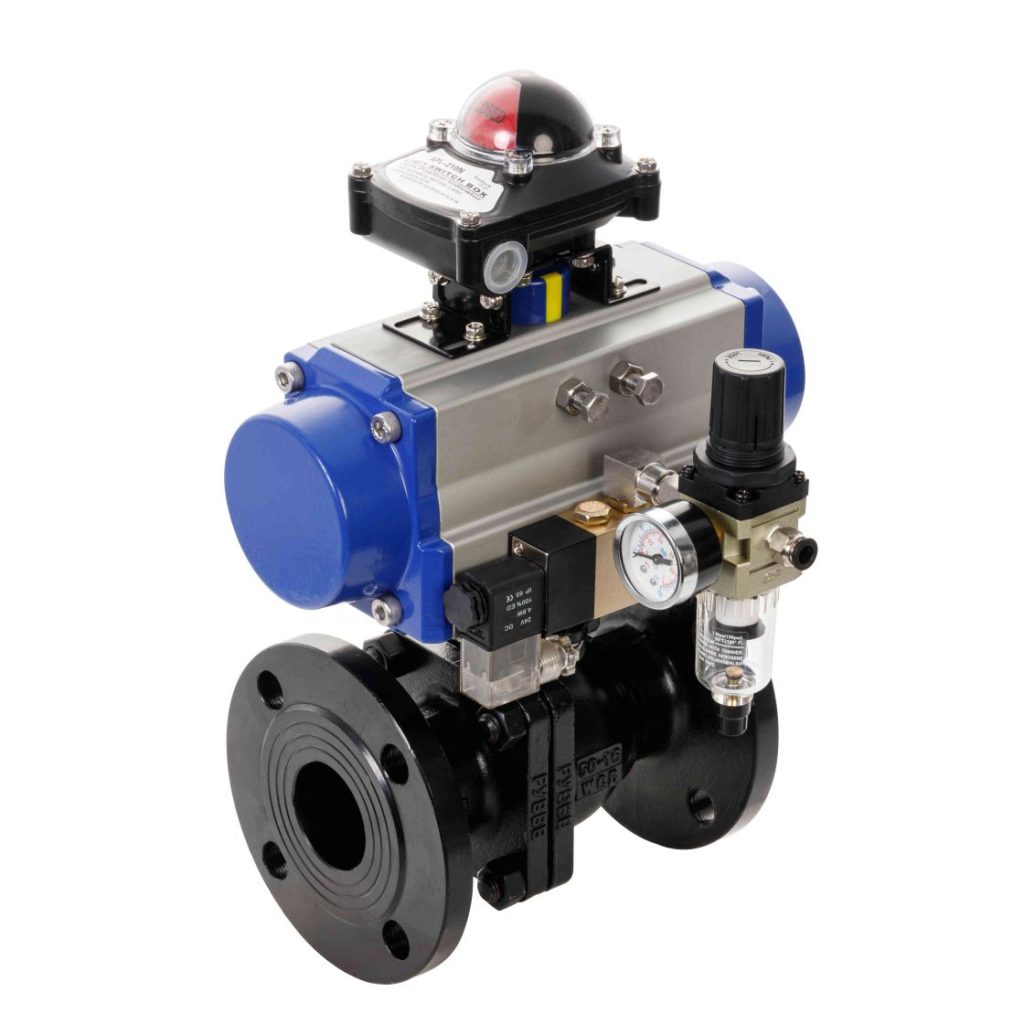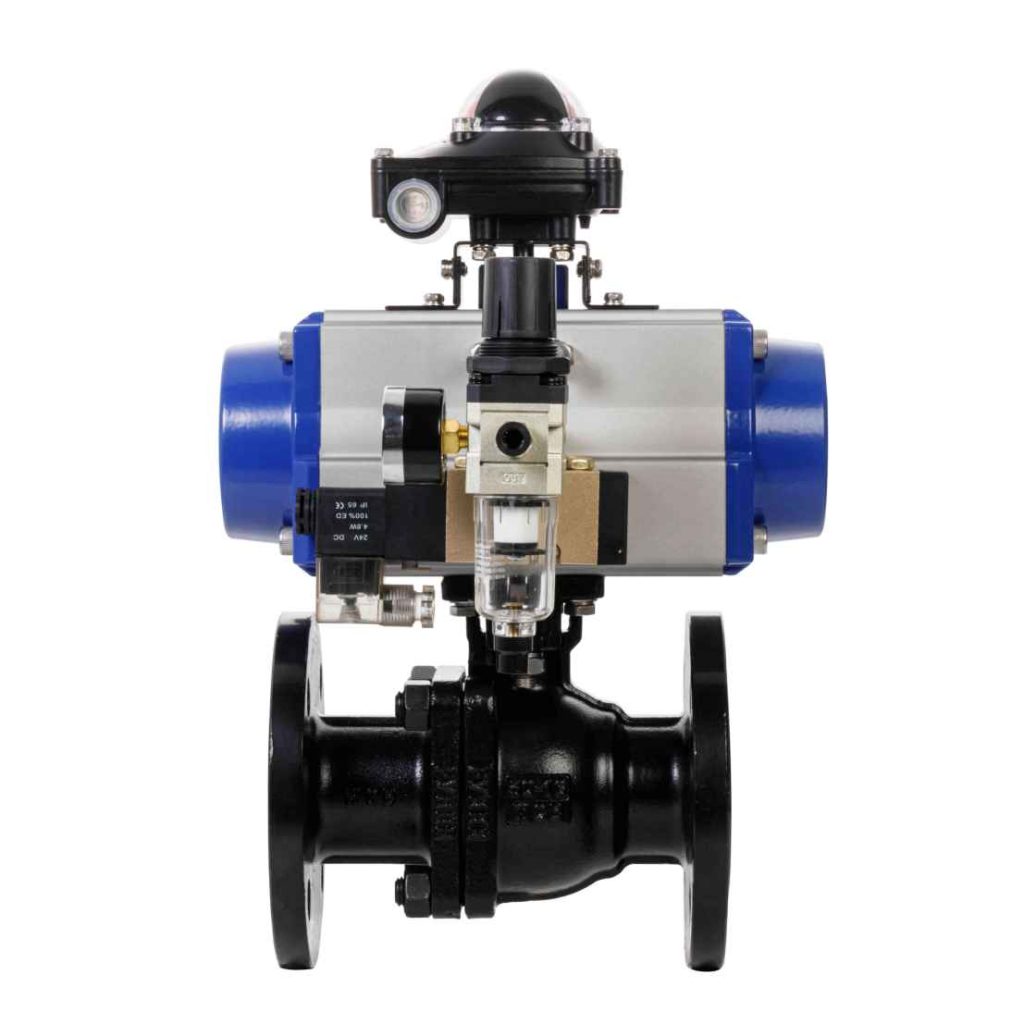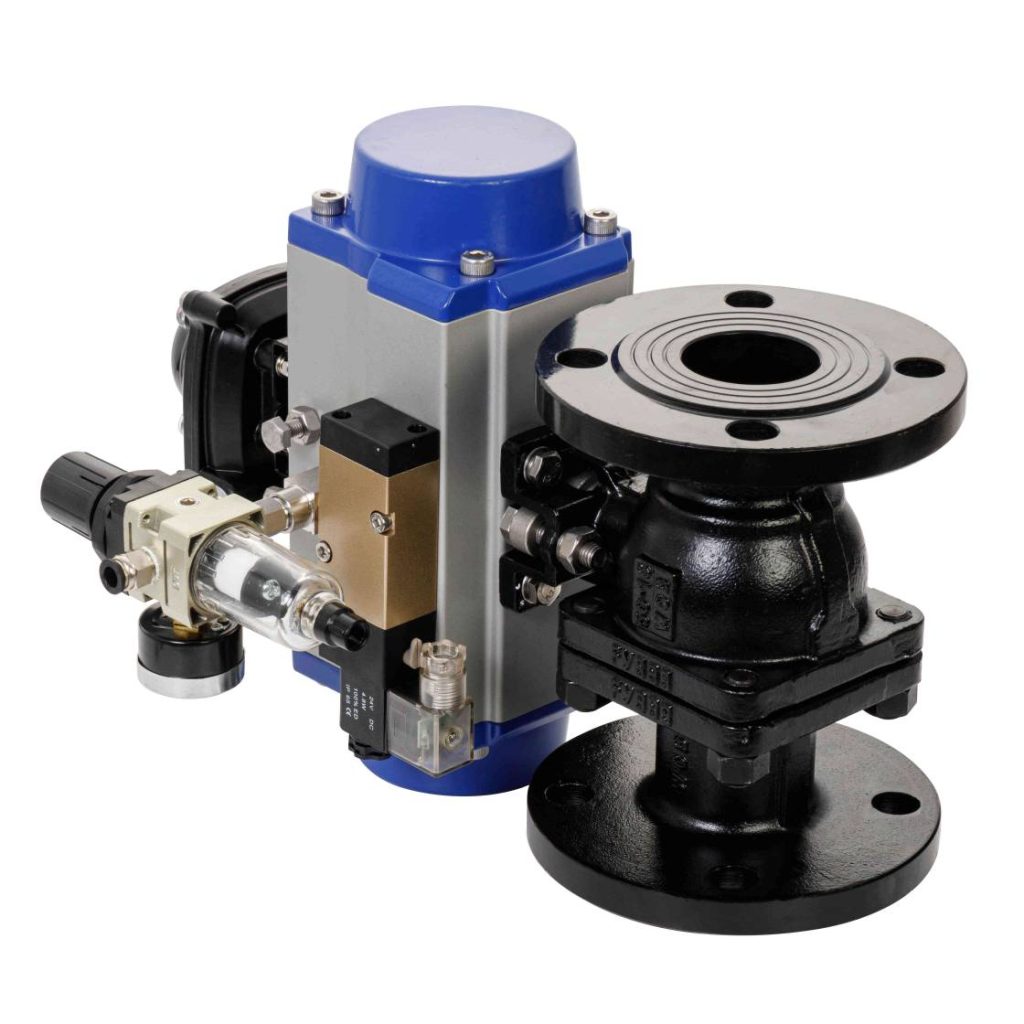Stainless steel pneumatic ball valves have become indispensable components in many industries due to their durability, efficiency, and versatility. These valves are primarily used for controlling the flow of various fluids, gases, and slurries within pipelines. The integration of pneumatic actuators with stainless steel bodies enhances their operational performance, making them a go-to solution for high-demand applications across sectors such as manufacturing, oil and gas, pharmaceuticals, food processing, and water treatment. In this article, we will explore the key features, advantages, applications, and the operation of stainless steel pneumatic ball valves.

What is a Stainless Steel Pneumatic Ball Valve?

A stainless steel pneumatic ball valve is a type of valve that utilizes a spherical ball with a hole through the center to control fluid or gas flow. The ball rotates 90 degrees, either fully opening or closing the flow path. Pneumatic actuators, which are powered by compressed air, are used to automate the operation of these valves, allowing for remote control and faster response times. The valve body is constructed from high-quality stainless steel, providing strength, corrosion resistance, and longevity. Stainless steel is preferred for its ability to withstand extreme temperatures, pressures, and harsh chemicals, which makes it ideal for various industrial applications. The combination of pneumatic automation and stainless steel construction ensures the valve’s high performance, reliability, and safety.
